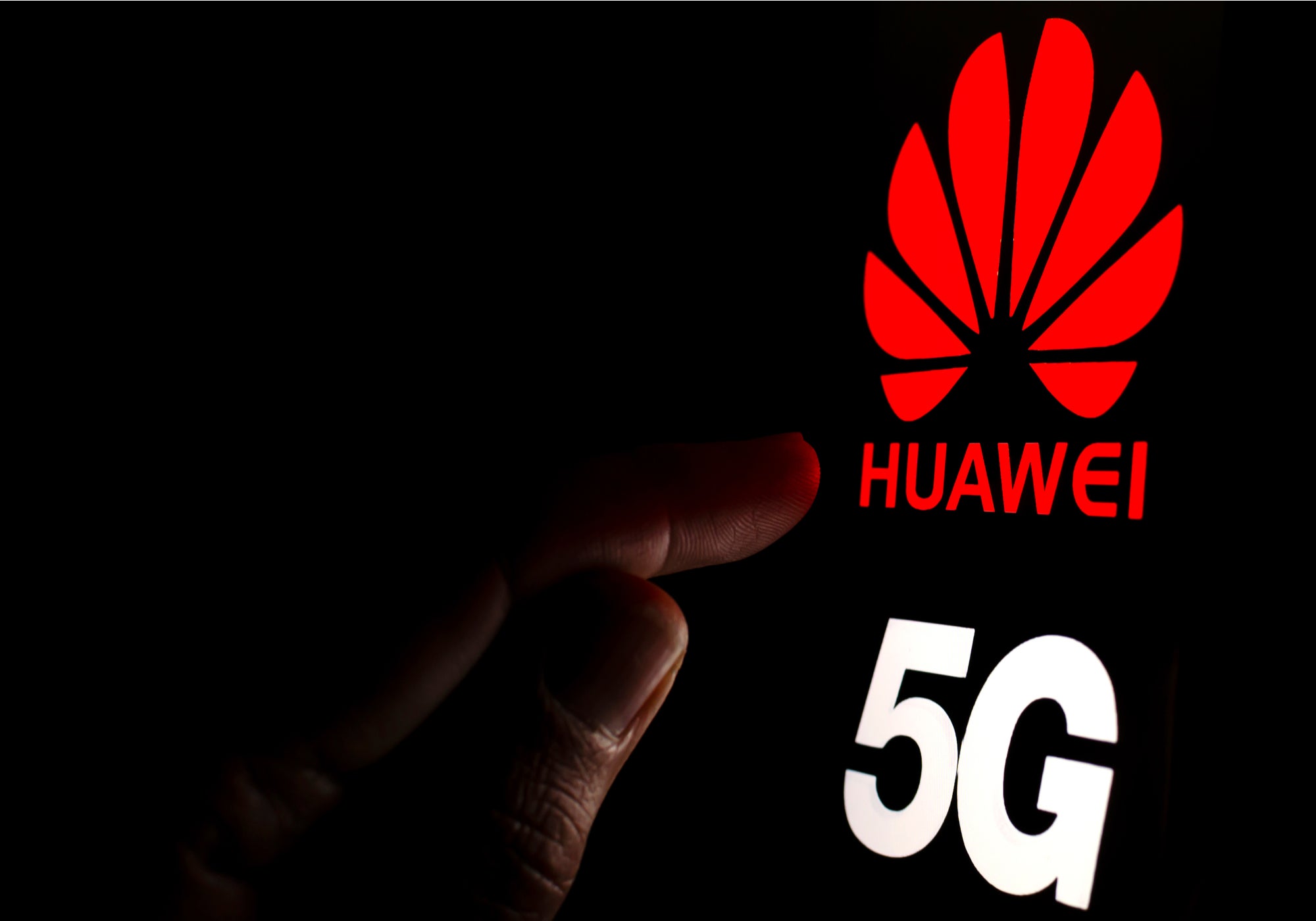
The geopolitical woes of Huawei over the last decade have been well documented and culminated in the last US administration adding Huawei to its Entities List. Huawei has also faced bans in some countries in Europe. Recently, there has been speculation that with a new US administration there might be a reversal or at least a slackening of the restrictions placed on Huawei.
To its credit, Huawei is moving forward with business planning with the assumption that the US will not remove it from the Entity List. But it has also filed suit against the US Federal Communications Commission (FCC), asking it to reverse the finding that Huawei is a security threat to the United States due to alleged ties to the Chinese military.
Restrictions on Huawei have support
The fear from the US government is that Huawei’s communications equipment could be used to spy on other nations. The restrictions on Huawei and other Chinese telecommunications firms have bipartisan support in the US Congress. On top of that, the new US administration has a laundry list of priorities to address including the Covid-19 pandemic and economic damage caused by the pandemic before the politically thorny question of Huawei rises to the level of their attention.
Nothing much will change in the near term. But there are other worries around countries going their own way when it comes to standards.
International standards ensure interoperability
In the I.T. technology industry, international standards are used to ensure interoperability and in many cases accessibility of technology to avoid the problem of incompatible communications and data. The internet itself is probably one of the best examples of international standards allowing for interoperability at a worldwide scale.
Cellular technology, including 5G, is another example of a worldwide shared technology standard. Standards, even international ones, do compete from time to time, but usually on the basis of merit or adoption. Market forces are the final arbiter of which standard eventually comes out on top. Every country benefits from the use of international standards, be they something as basic but vital as weights and measures.
How well do you really know your competitors?
Access the most comprehensive Company Profiles on the market, powered by GlobalData. Save hours of research. Gain competitive edge.

Thank you!
Your download email will arrive shortly
Not ready to buy yet? Download a free sample
We are confident about the unique quality of our Company Profiles. However, we want you to make the most beneficial decision for your business, so we offer a free sample that you can download by submitting the below form
By GlobalDataNo winners
The danger here isn’t as much about as it is about creating competing technology standards based on nationality, rather than enabling competition on an international basis. We all stand to lose if nationalistic technology standards become commonplace. For example, lets say China backs the development of new high speed networking standards or departs from international standards for the next generation of cellular, 6G. Then pushes these technologies through Asia and Africa, where it has considerable influence.
Not only does that shut other international competitors out, but but bifurcates the world. Business becomes much harder and more expensive, resources are wasted on multiple versions of products, and competition drops. The innovation spurred by internationally accepted standards has been the foundation of the information age slows.
Standardization is growing
This may sound apocalyptic, but the effects are easy to see with relatively small-scale standardization. For instance, the European Union has required all mobile phone chargers to use the same connector, USB-C. Waste from proprietary chargers was drastically reduced and for consumers prices for chargers has dropped.
Another example is when the IEEE standardized Ethernet, creating interoperability and our most ubiquitous networking technology. Conversely, anyone who has travelled internationally has seen personally seen of the lack of international standardization for AC electric currents, voltage, frequency, and physical connectors. Now imagine that across multiple I.T. technologies, where something basic we take for granted such as an Ethernet cable could be fractured into multiple standards.
The ramifications of actions that divide the technology industry will be a peril to everyone, regardless of whether they are directly in the technology industry or not. Calm voices and slow, rational planning are necessary to avoid complications that could reduce technology growth for years.




